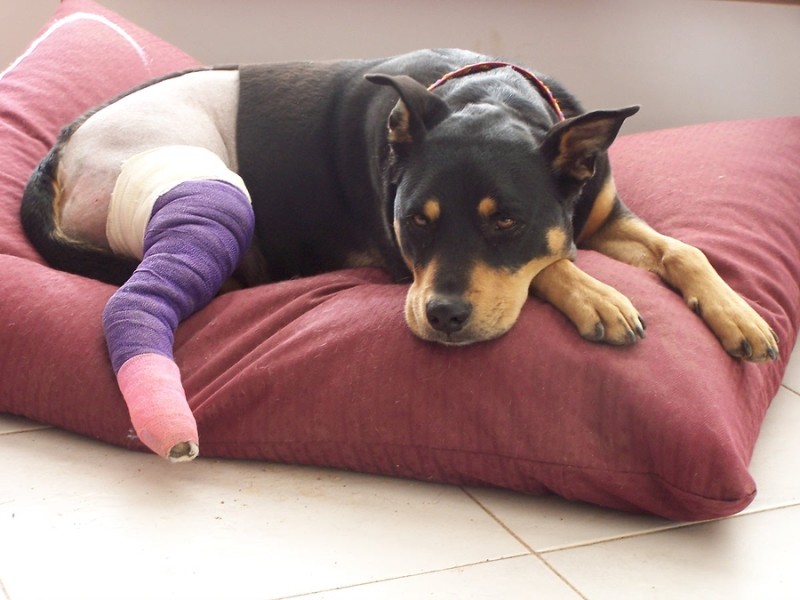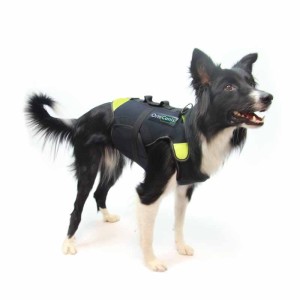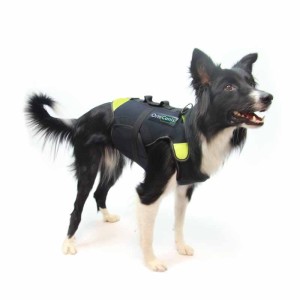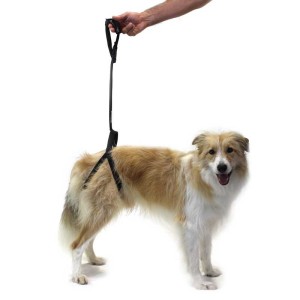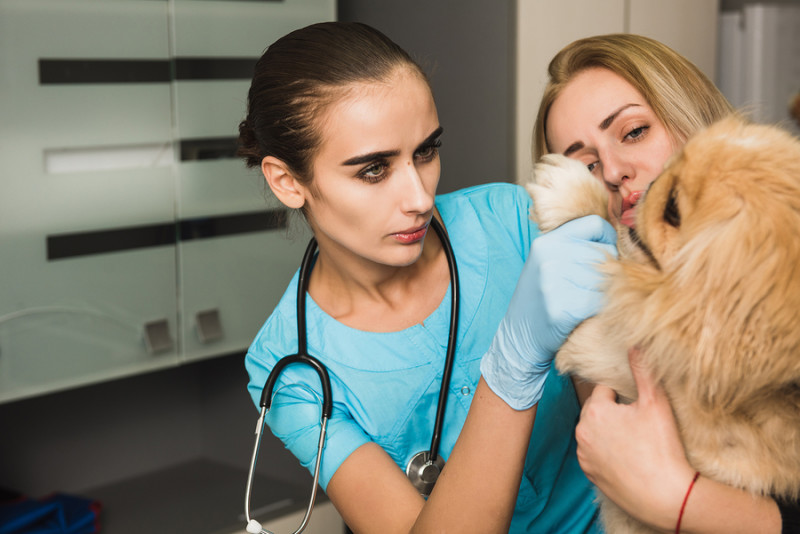One of the most delicate points for the health of a dog is its paws. The presence of injuries in them will not only make it difficult for them to move. They can also affect your health in the long run. Therefore, it is necessary to take care of the canine limbs to avoid and prevent, as far as possible, the main problems on the dog’s paws. It will be enough to follow some simple guidelines.
Some enemies of the dog’s paws
In addition to the occasional blows that can cause injuries to dogs on the legs, there are several enemies that undermine their health. One of them is age. Just as it happens to humans, as dogs get older their health is suffering. When a dog is already a few years old, its joints are resented. They are no longer as elastic or strong as before. Therefore, they will have to be monitored carefully.
To do this, it is advisable to feel their legs carefully from time to time, and check that they do not have points where they have pains. You also have to watch that they walk well. And when in the slightest doubt, go to the veterinarian. In this way, if the dog has an injury to its paws or hips, it can be diagnosed at an early stage and treated appropriately to improve the quality of life of the animal.
Another of the enemies of the dog’s paws is overweight. If it is already combined with age, the suffering that both factors cause in the dog’s paws can be quite large. Luckily, it can be avoided and controlled better than the effects of age. It is enough to take care that the animal exercises sufficiently and appropriate to its age and condition. And if you still have a tendency to gain more weight than you should, it is advisable to take care of your diet and change it if necessary. This will avoid damage to their legs due to an excess of kilos.
How to care for dogs’ paws
In the care of the legs of dogs should not neglect any of their parts. Something that in principle may seem as unimportant as the pads on which it rests must always be as careful as possible. Thus, you have to periodically trim the hair that appears in them. It is also necessary to ensure that they remain clean to avoid injury.
Also do not forget about the nails of dogs, which also need a “manicure” from time to time. In these cases, it is best to take them to the veterinarian to see what kind of care they need or to a specialized establishment to have them cut and filed. If you dare, you can get a specific nail clipper for dogs, about which you can ask the veterinarian, and cut them yourself.
It is also necessary to try to prevent the animal from walking on very cold surfaces, such as ice, without protection. Therefore, if you take it to the snow, something that for many breeds originating from cold climates is a pleasure, you must protect their legs with special boots. Or, if your dog doesn’t tolerate them, apply protective wax to his pads. And after the exit to the snow, check their pads to prevent ice from sticking to them. The same happens with the heat, so you have to avoid walking in summer on very hot surfaces, such as the sand of the beach.

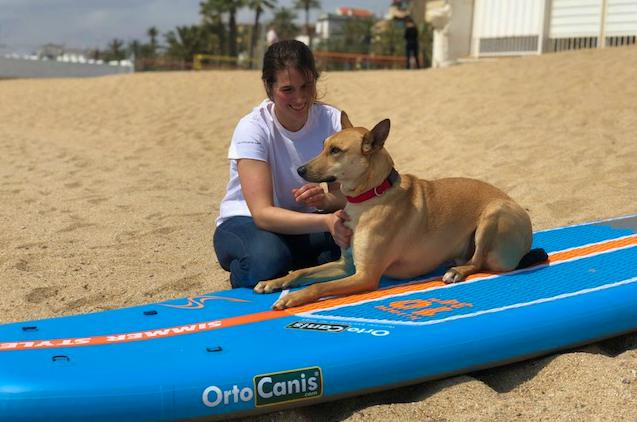
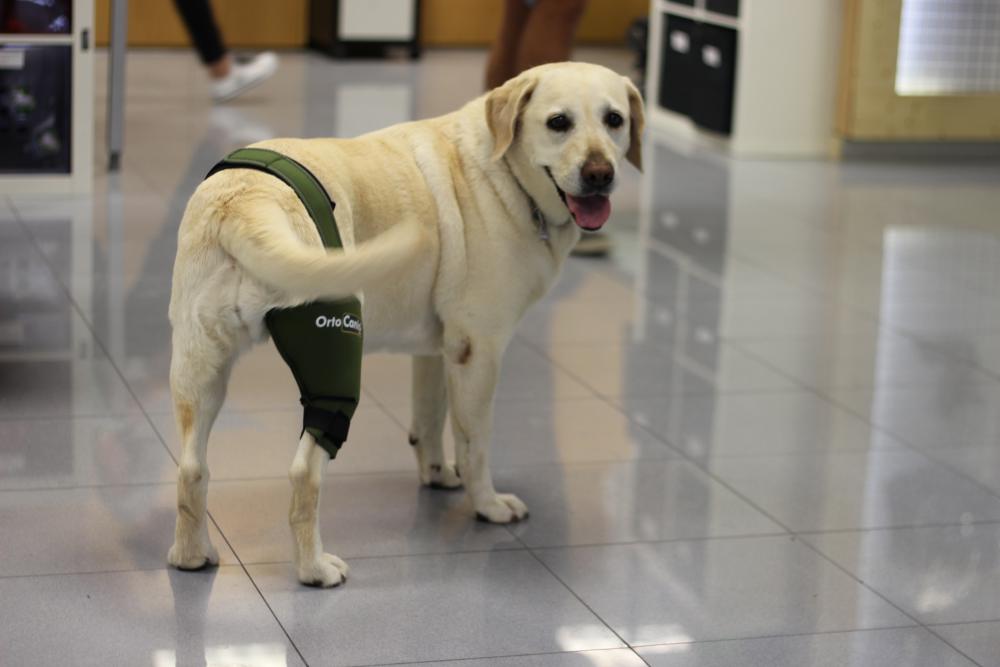
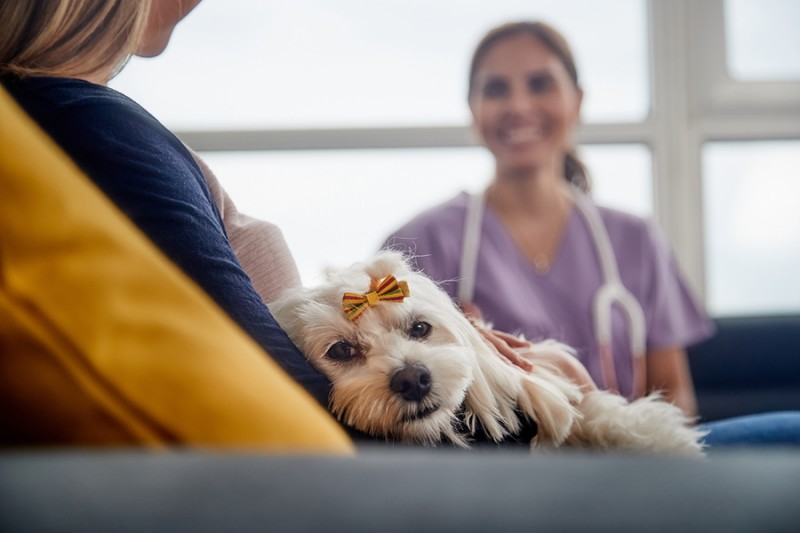
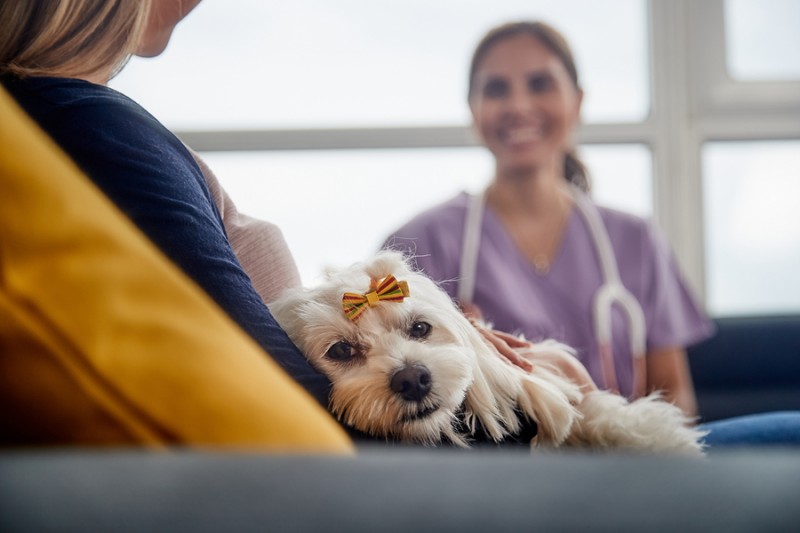


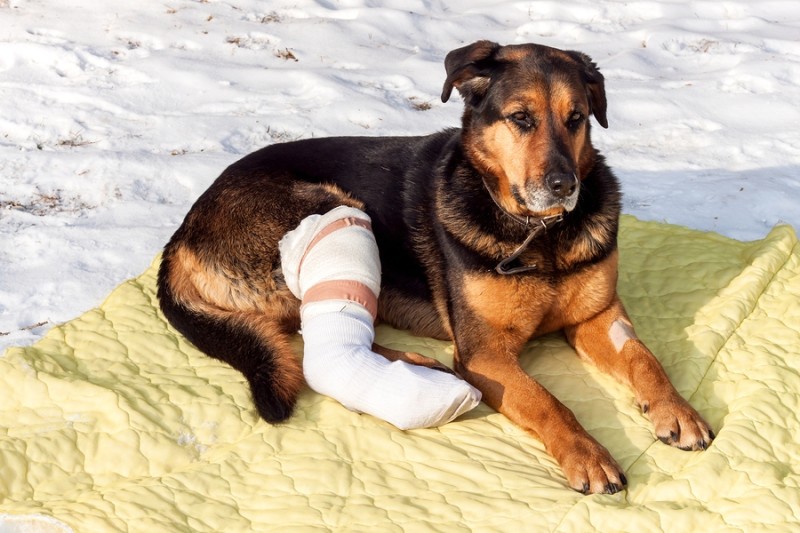
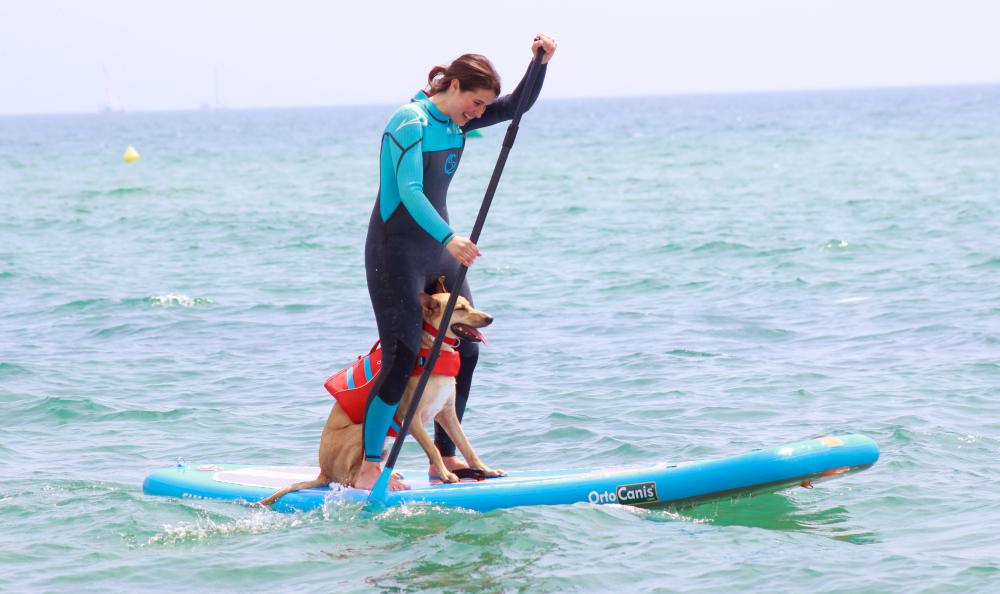
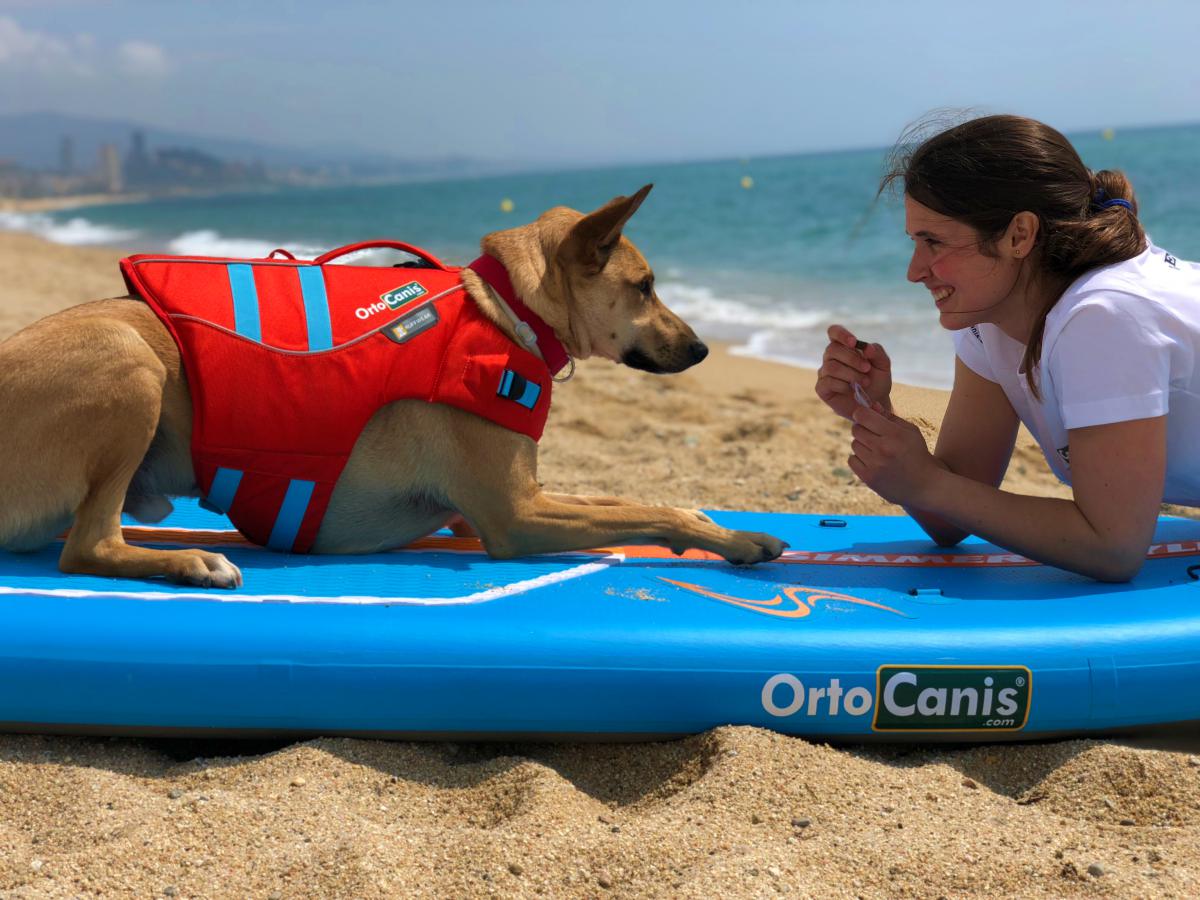 The idea of starting working with the board on the ground is so that our dog gradually feels safe in it and gains confidence, in such a way that we will use positive reinforcement. The more positive experiences our dog has with the board on land, the safer he will feel when this activity becomes a greater challenge for him.
The idea of starting working with the board on the ground is so that our dog gradually feels safe in it and gains confidence, in such a way that we will use positive reinforcement. The more positive experiences our dog has with the board on land, the safer he will feel when this activity becomes a greater challenge for him.
